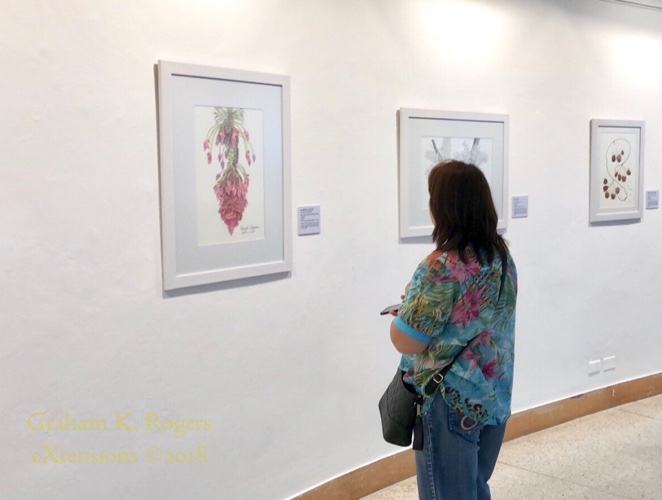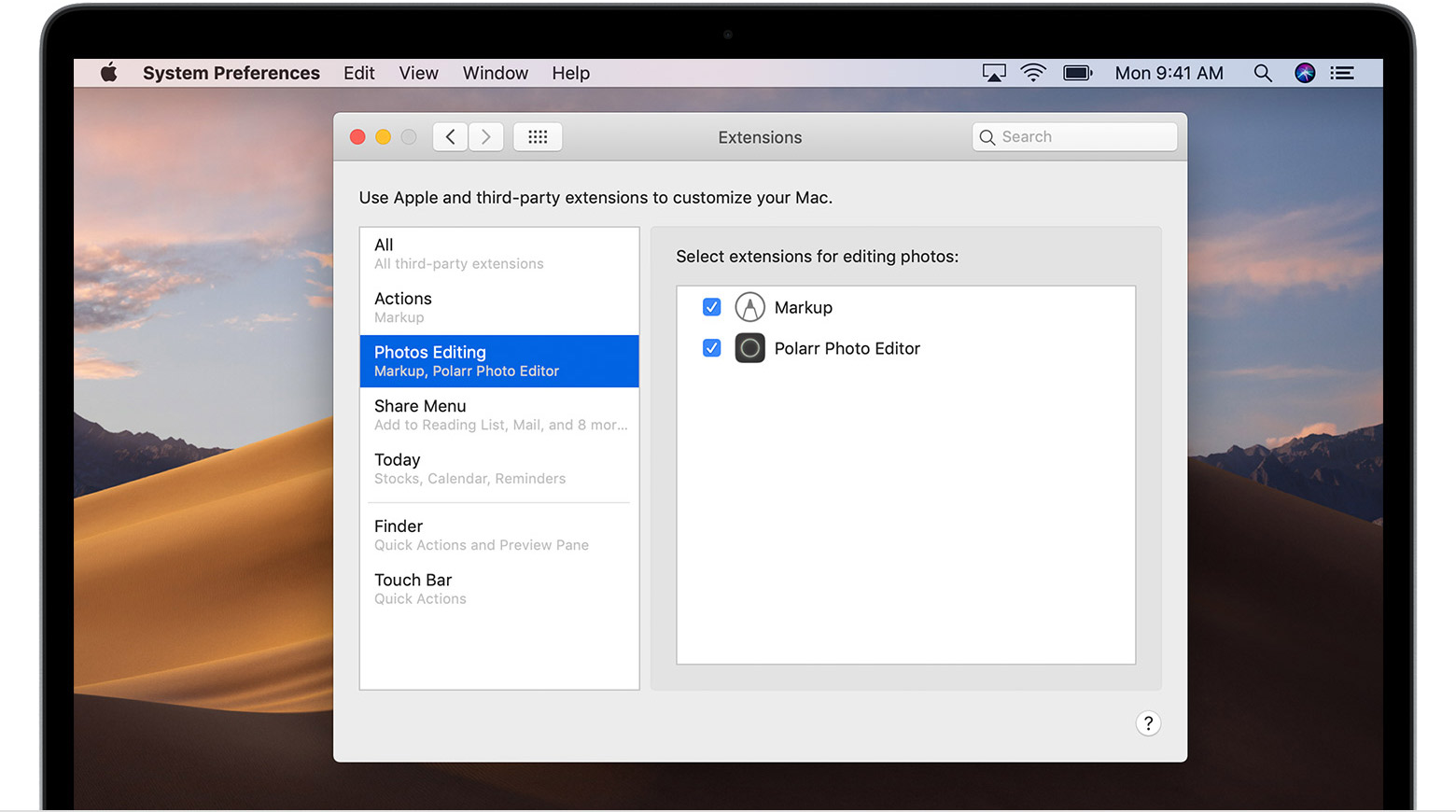

- #3rd party extension for editing photos on mac for mac
- #3rd party extension for editing photos on mac free
Tonality by Macphun is the app and extension for friends of black and white photography. In contrast to plug-ins such as DxO Optics Pro, photos that are not in RAW format can also be “noisy” here. With Noiseless, you can tackle image noise more selectively and individually than with the functions included in the Photos app. The app, also developed by Macphun, or the plug-in can also be used together with Apple’s photo app. If, on the other hand, you want to enhance your color photos and enhance colors, contrasts or details, you should take a look at Intensify. Web: System: OS X 10.11 or higher INTENSIFY Related: Third beta for iOS 12, tvOS 12, macOS 10.14 Mojave and watchOS 5 However, this requires the purchase and installation of Pixelmator. A few functions of Pixelmator – for retouching and distorting – are available as a plug-in for the Photos app and can be used directly from within the application.
#3rd party extension for editing photos on mac for mac
Pixelmator is a well-known image editing app for Mac and iPad or iPhone that also works with the Photos app. The popular Affinity Photo, which aims to compete with Adobe’s Lightroom and Photoshop, also enhances the functionality of the photo app with some plug-ins, such as “Develop” for developing RAW files or “Retouch” for retouching photos. Web: System: OS X 10.11 or higher AFFINITY PHOTO If desired, the intensity of the filter can be readjusted. Simply select the appropriate filter, such as “Outdoors”, “Fill-in flash” or “Remove haze”.
/article-new/2014/07/newphotos-800x449.jpg)
#3rd party extension for editing photos on mac free
With the free plug-in, you can enhance your photos largely automatically with just a few mouse clicks. System: OS X 10.9 or higher LUCID EXPOSURE Unfortunately, the current version of macOS “High Sierra” used in the test sometimes tends to crash. The individual filters can also be adapted in detail. With this plug-in, you can give your photos an individual look, like “Vintage”, “Analog” or “Comic”.

In addition, the file format of the photo may change as a result of external processing. Either it is automatically saved in the Photos library or it must be saved separately and re-imported into the library. What happens to the externally edited photo depends on the respective app. Related: Apple watchOS 4: new tracking functions, music and watchfaces On the right, you will find all plug-ins installed on your Mac, which you can activate or deactivate later. Select the entry “Edit photos” in the left column. To do this, open the macOS system settings and click on “Extensions”. To enable the Photos app to display and use your plug-ins, you must first turn them on. But even if you don’t have these applications, you may already have some plug-ins on your Mac, but you need to activate them first. When installing certain applications, such as Affinity Photo, Pixelmator or the Graphicconverter, the corresponding extensions for the Photos app are installed at the same time. The fact that entries appear here, although you have not yet added any extensions yourself, is quite correct.

A menu will open showing the plug-ins already installed on your Mac. Click the second button from the left (three-point circle). Several new icons and switches will then appear in the upper right-hand corner. To find out if Apple’s default application extensions are already installed on your Mac, click the “Edit” button at the top right after starting photos. Even a look at the settings does not change that. At first glance, nothing can be seen in the photo app of plug-ins.


 0 kommentar(er)
0 kommentar(er)
